Your Cart is Empty
When talking about mass produced jewelry, your first thought might be cheap (very affordable) jewelry found in chain fashion stores, marketed for teens and young adults. While that comes with its own set of problems, luxury jewelry using precious gems and metals can also be mass produced. And those are the ones we’re concerned about today.
Fast fashion brands are already getting called out by mainstream media like The Guardian. But so far, it's only international non-govermental organizations (NGOs) likeThe Human Rights Watch andGlobal Witness who are talking about the problems that lie in the multi-billion industry of high end mass produced jewelry.
Our own journey beyond jewelry started out by establishing our own gold supply chain in Indonesia. It took multiple years and leaping over endless hurdles, but we made a tangible difference. We paid $23,182 in premiums so far and avoided the use of 15.15 kg of mercury.
Going local and mercury-free was our first major step in our pursuit to be 100% guilt-free, it allowed us to make our ethical gold promise and offer you ethical gold jewelry (and now semi-ethical silver jewelry).
We’ve slowly replaced all our gold with 100% ethical gold from Borneo. Since January 2020 we work exclusively with the eco gold mined by indigenous women miners. It was a huge step forward for us.
Going ethical is our commitment to push for more responsible practices industry-wide. It takes a lot of creative thinking to figure out our way, since the way hasn't been paved yet. We just can’t have the word ‘ethical’ and go lukewarm on this issue.
The journey for a more ethical jewelry industry is still far from done. But it’s worth remembering: what keeps us up all night fighting for ethical jewelry?
MASS-PRODUCED VS. ARTISANAL ETHICAL JEWELRY
1.
THE issue:
use of mercury
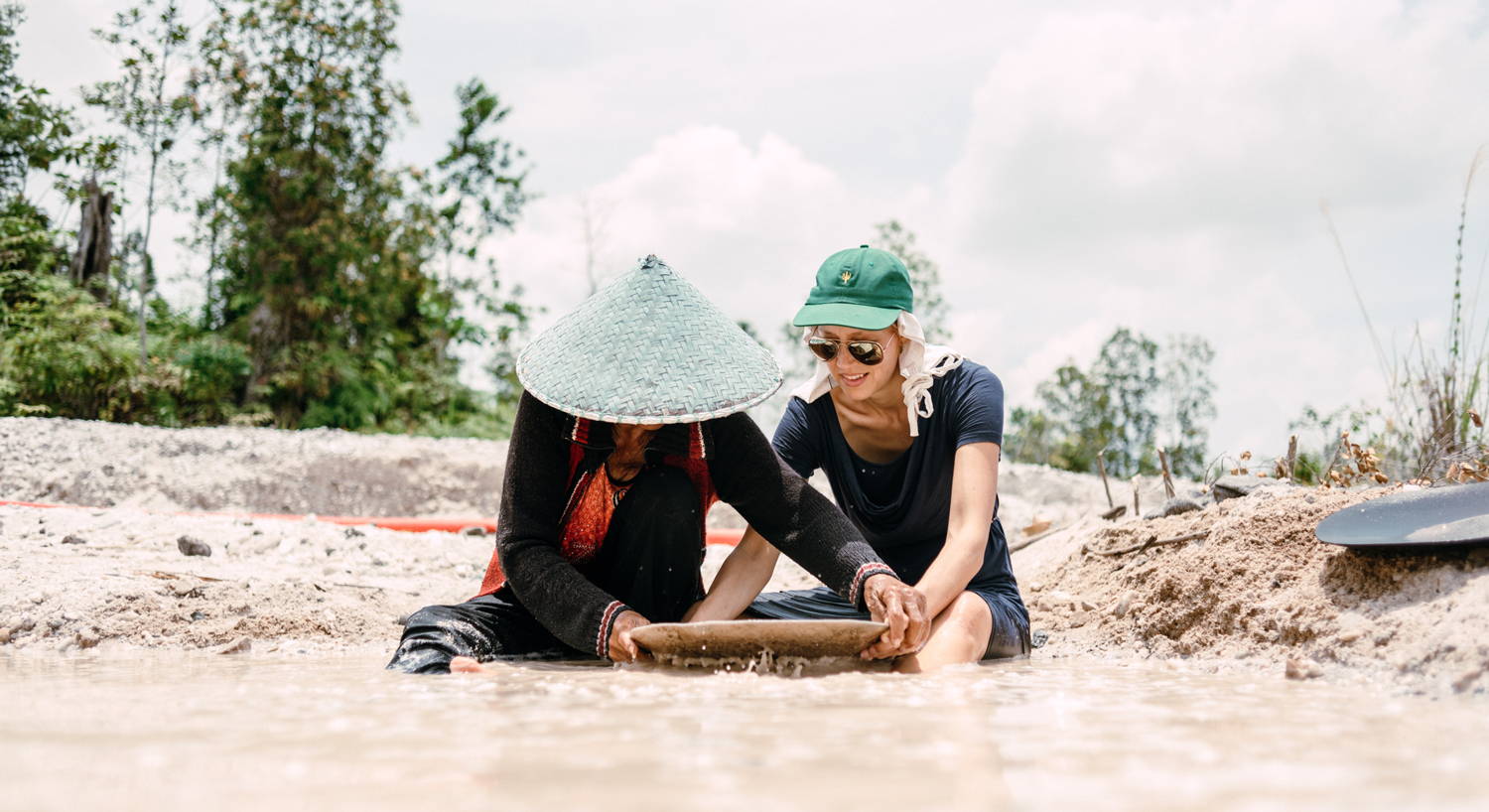
MASS-PRODUCED
Gold is rarely found as a solid nugget. They’re usually found as tiny flakes and dust.
Mercury is used to form an amalgam to purify mined gold. The mercury ‘devours’ gold and separates it from the rocks and soil. The amalgam is then burned, evaporating the mercury, releasing it into the air, leaving the gold behind.
Mercury is cheap and readily available, which is why it’s used extensively in gold mining sites. Butmercury is dangerous to our health and environment.
ARTISANAL ETHICAL JEWELRY
Manual panning is as low impact as it gets. Using pans, miners scoop alluvial sand into the pan, wet it with water, then shake it to agitate the water.
Gold and other heavy material sinks to the bottom. The leftover gold is examined and extracted.
It’s a considerably slower and more labor intensive process, which is why it’s less favored than using mercury. But its social and environmental impact is infinitely better than using mercury.
2.
THE issue:
GOLD TRACEABILITY
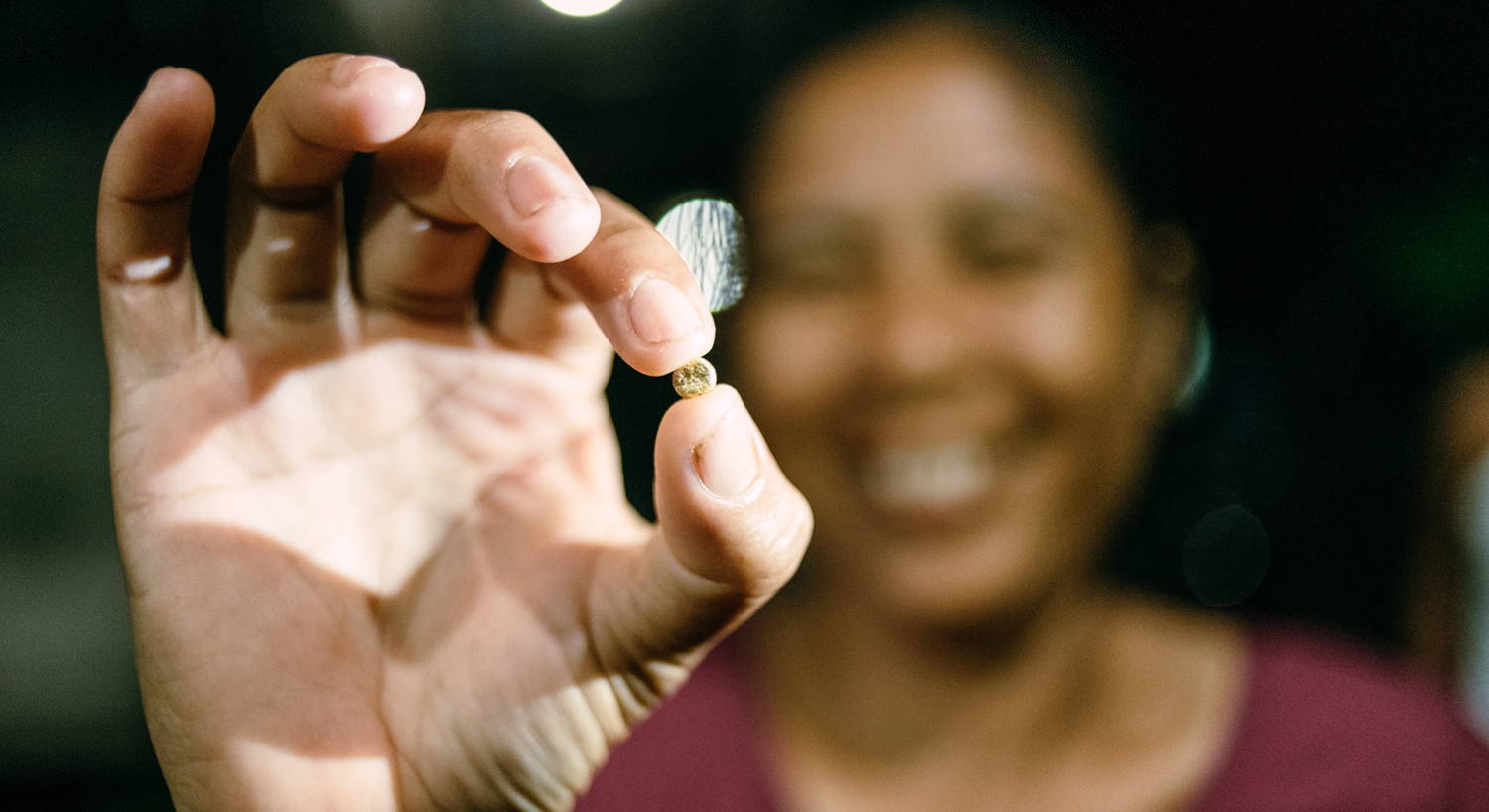
MASS-PRODUCED
Precious metal from different mining sites tends to be mixed in batches.
Why? Because origin, certification, and — most importantly — accountability wasn’t considered an important issue for the longest time.
By hiding the origin, traders can hide issues of human rights violations and money laundering.
ARTISANAL ETHICAL JEWELRY
We can pinpoint exactly where our gold comes from. We know exactly which women mine our gold, how much gold each miner mines, and how the gold gets purified.
Our eco gold is traceable from end to end.
3.
THE issue:
HUMAN RIGHTS IN GEMSTONE SOURCING
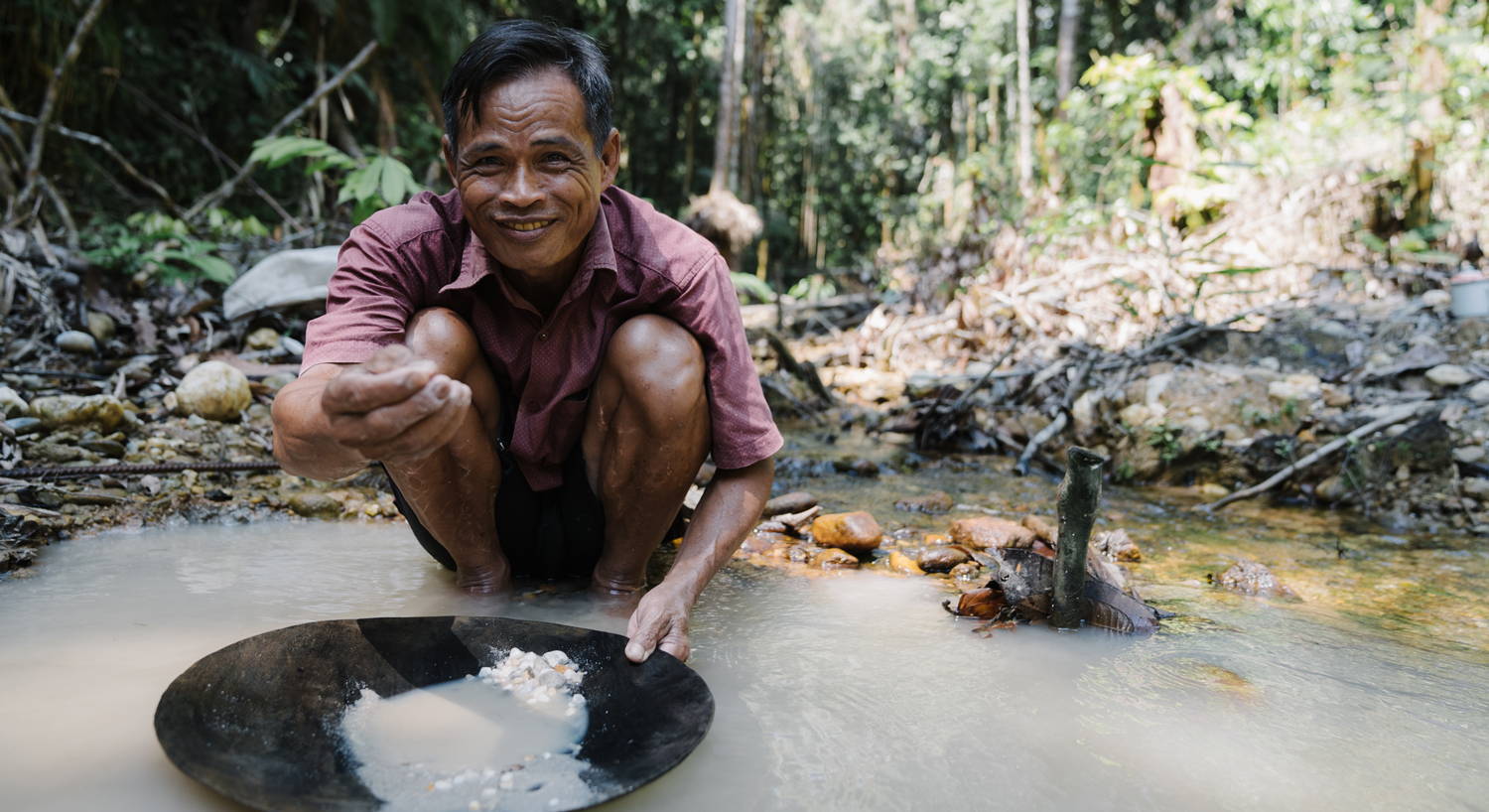
MASS-PRODUCED
In many mining sites around the world, miners work under conditions of modern slavery, supervised by armed forces. This is how the term conflict diamonds originated, which means the gems sold are to fund civil wars and armed protesters.
It’s… pardon our strong words… a shitshow.
But this has been the norm for decades. The more valuable the gem, the more likely it gets tangled in wars.
ARTISANAL ETHICAL JEWELRY
It’s unheard of in the jewelry industry for designers to meet and work with the miners. But we always emphasize on origin stories. In fact, we interview our gold miners and sapphire miners.
We want you to know them because their experiences matter.
4.
THE issue:
MIDDLEMEN
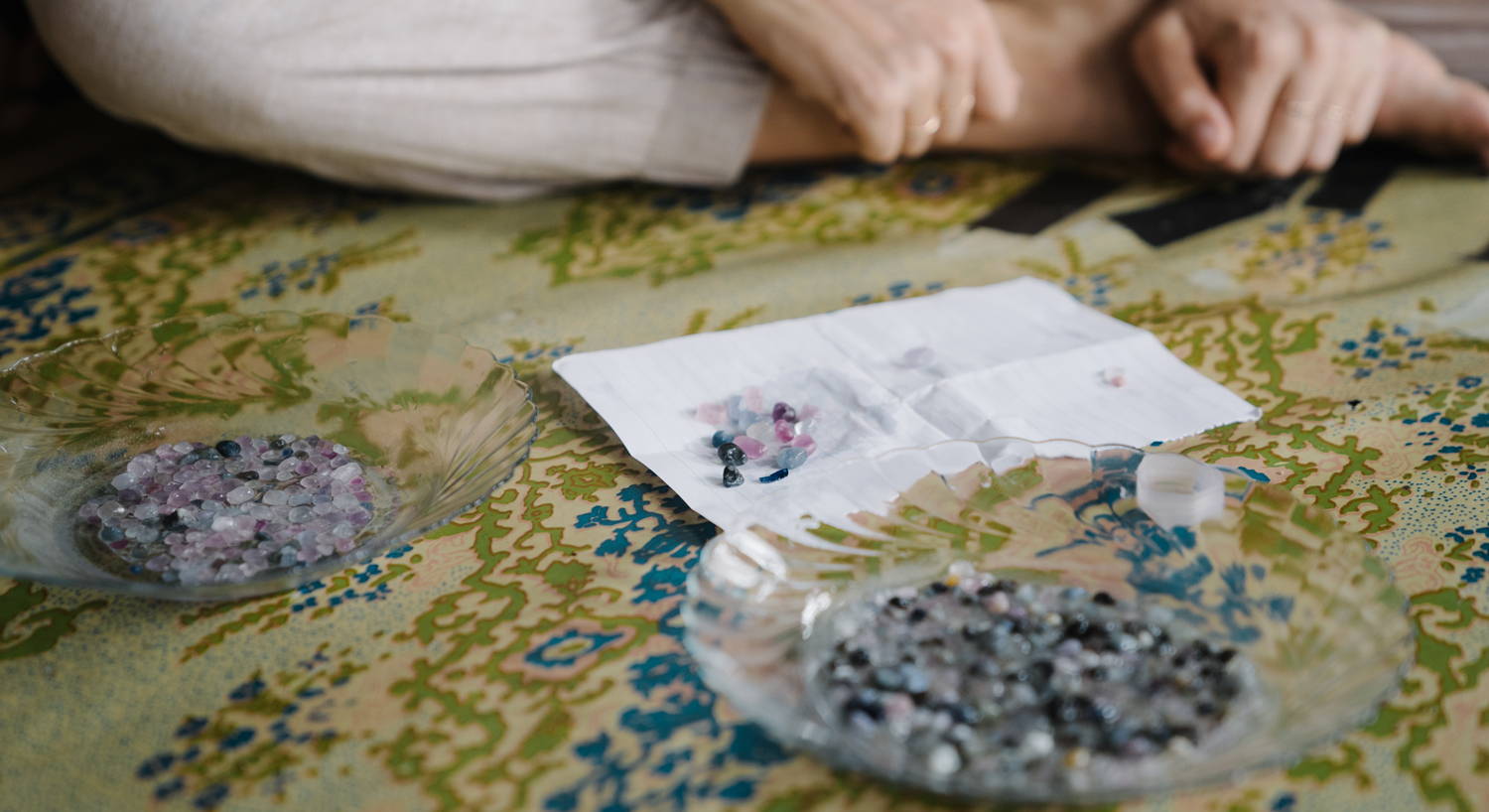
MASS-PRODUCED
Middlemen are often present and necessary because miners don’t always have access to the market. It starts becoming an issue when middlemen abuse their power to extract as much money as possible.
This correlates to the issue above. The longer the distance, the more middlemen are involved.
And as the gemstones pass different hands, they may be mixed with gemstones from other origins or those that have received undisclosed treatments.
This system is highly vulnerable to corruption, and you know what that means!
ARTISANAL ETHICAL JEWELRY
Direct sourcing is always the best. That’s why, whenever possible, we mention the names of the cutters and others we work with.
5.
THE issue:
DISTANCE TRAVELLED
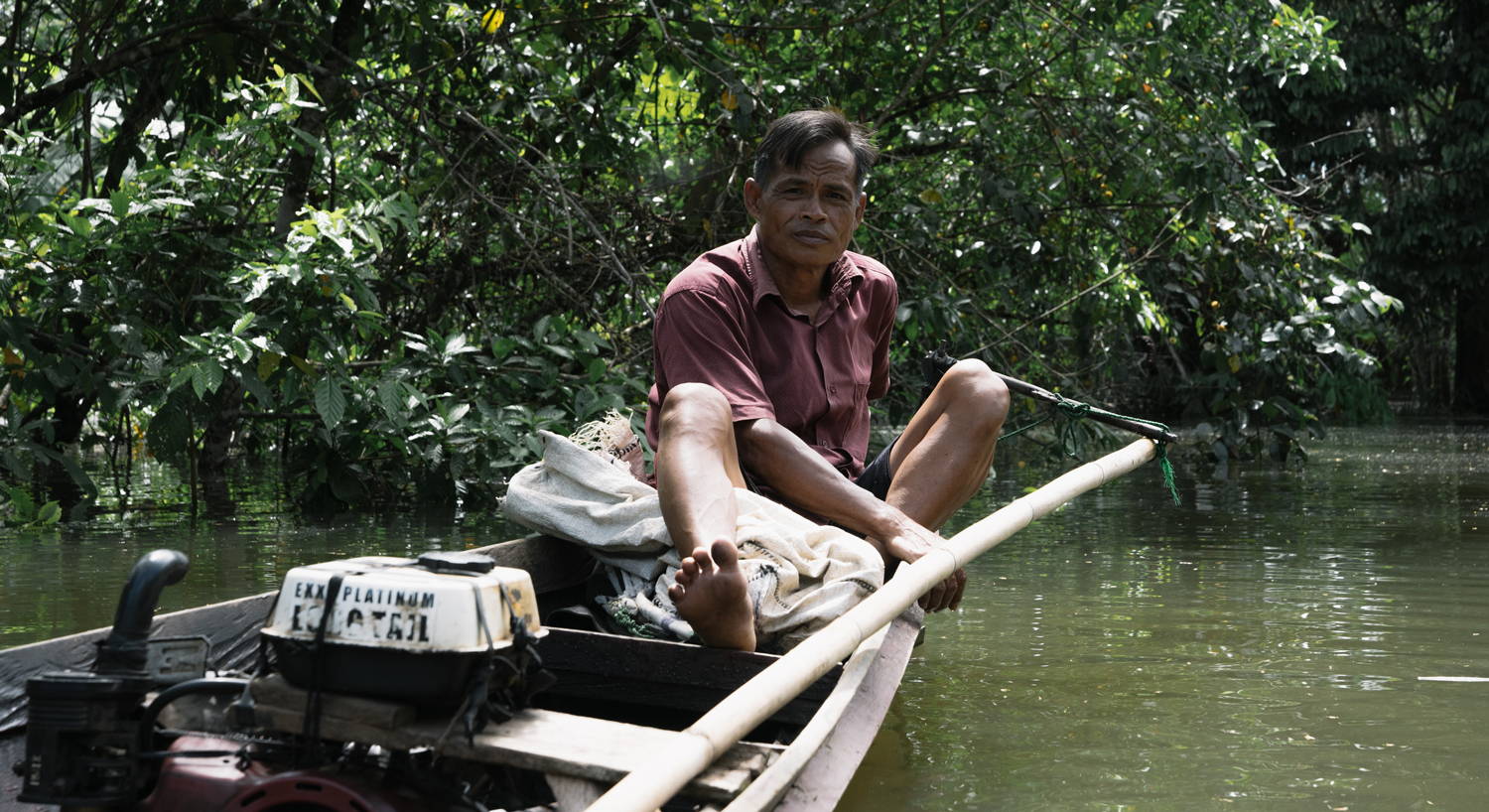
MASS-PRODUCED
Sometimes, mining sites happen in one country (oftentimes a third-world country), while the production, designing, and the selling occurs in another country.
Gold, silver, and valuable gemstones have to travel millions of miles, leaving a high carbon footprint.
ARTISANAL ETHICAL JEWELRY
An ethical business will consider the distance in which its metals and gemstones need to travel.
If it’s not possible to go local, then it will at least consider whether it comes from a conflict area or if it has a long chain of middlemen on the way.
And there are ways to offset the carbon footprint caused by travel.
6.
THE issue:
PURCHASING AMOUNT
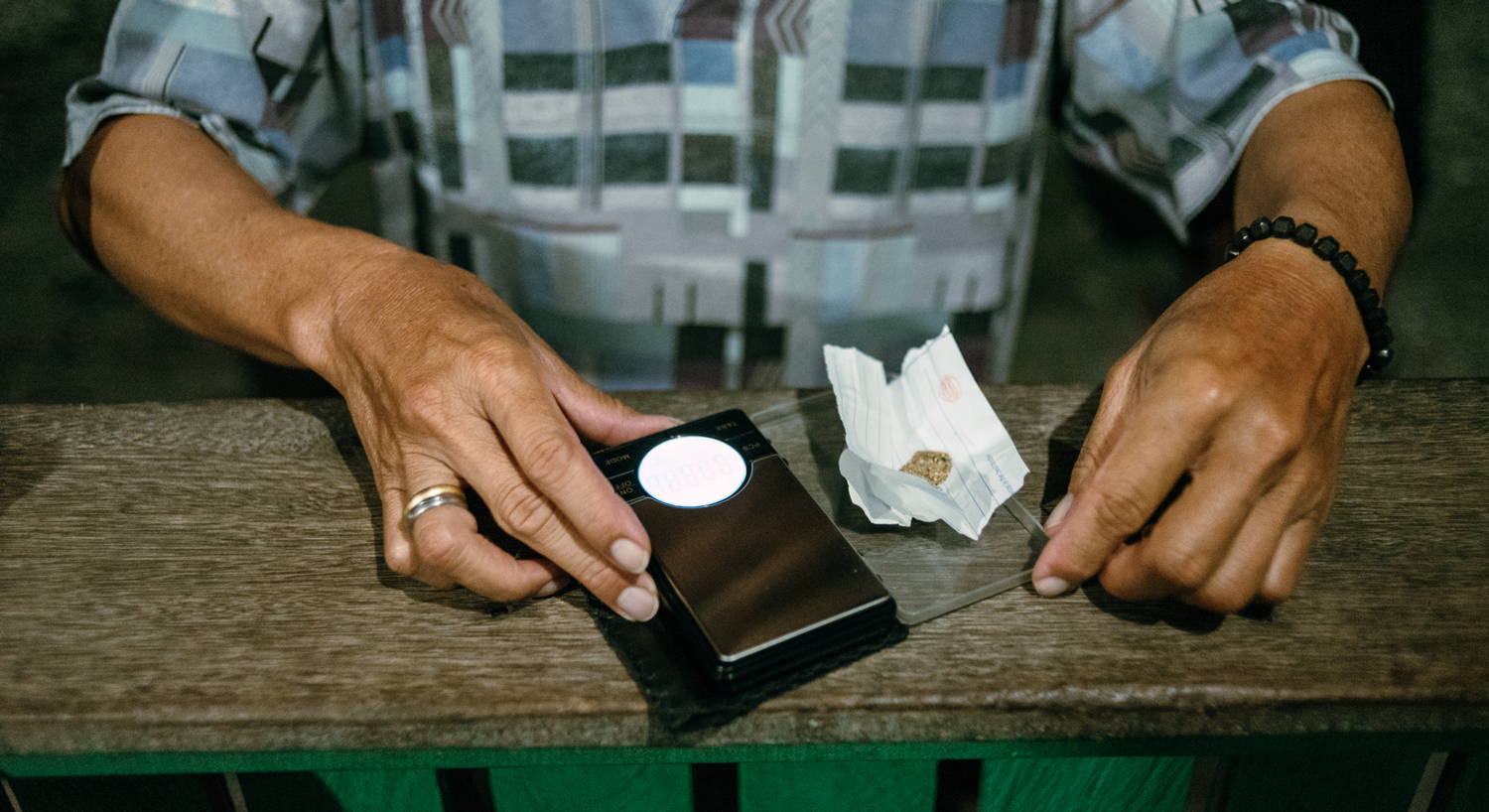
MASS-PRODUCED
Buying in bigger batches — following economic principles — tends to be cheaper. And the people who get short changed are most likely the ones who did all the hard work, aka the miners.
ARTISANAL ETHICAL JEWELRY
Buying in a small amount — following economic principles — tends to be more expensive. With less middlemen and by directly communicating those we buy from, we can offer prices worth the time and risk for workers, or give back to the community in other ways.
Gold nuggets from our indigenous miners meet low impact mined sapphires from Borneo in our ethical gold Custom Borneo Sapphire Ring.
This is only the surface of what happens between mass produced and ethically produced jewelry. We’re still talking raw materials, and the journey of transforming these raw materials into ethical jewelry you can’t resist has only just started. But if this is just the beginning, you can imagine how complicated it gets as we go further down the line into cutting and polishing, designing, producing and manufacturing, etc.
Going 100% ethical is tough, and we’re definitely not there yet. But we’re soldiering on, determined to reach our end goal. It’s a long journey with unexpected twists and turns, issues within the industry that need to be addressed. For people in the supply-chain, it can be a matter of life and death.
It’s why we insist on going on a journey beyond jewelry. And we’re inviting you on this wild ride.
Check out our Origins collection where all our raw materials are traceable from A to Z.
Join our ethical journey.











